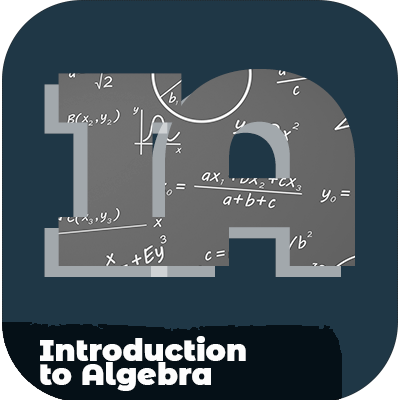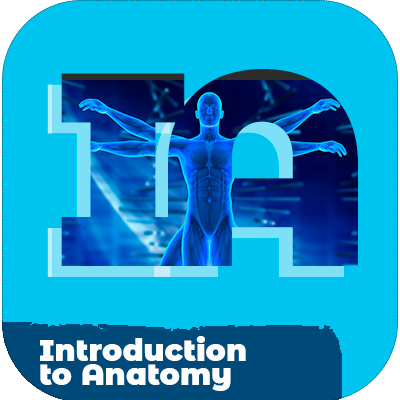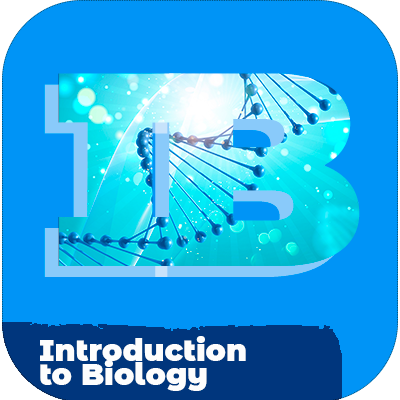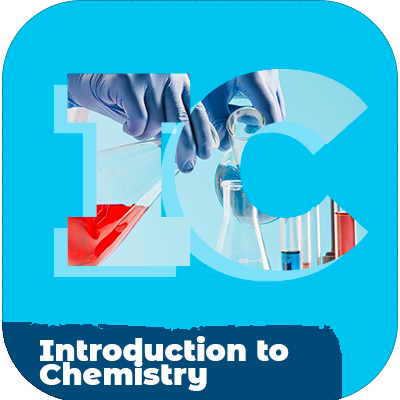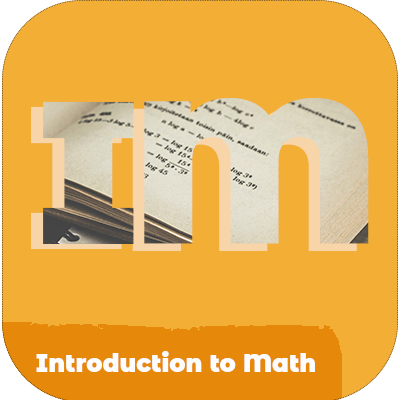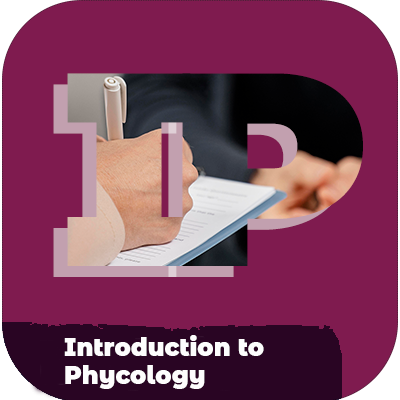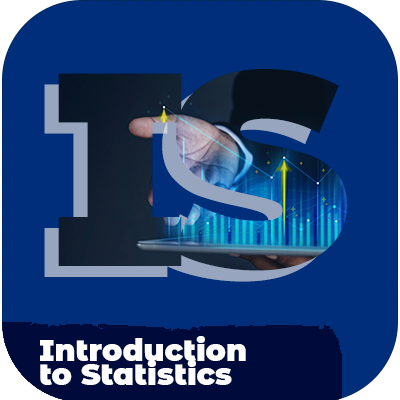Introduction to Algebra
Course Description: This course is designed to introduce participants to the basics of algebra and provide them with the skills necessary to solve simple equations. Through this course, participants will gain an understanding of linear equations, ratios, quadratic equations, special factorizations, polynomials, and more. By the end of this course, participants will be able to confidently tackle algebraic problems and have a better grasp of how to use algebra in their everyday lives. Learning Objectives:- Understand basic algebraic concepts such as linear equations, ratios, quadratic equations, and special factorizations
- Learn how to solve simple equations using algebraic techniques
- Develop an understanding of polynomials and how they are used in algebraic problems
- Become familiar with different types of problems and how to approach them using algebraic methods
- Recognize patterns in expressions and learn how to manipulate them for solving problems
- Learn about equivalent expressions and how they can be used in problem-solving scenarios
- Understand the structure of expressions and how they can help when solving complex problems
- Develop an understanding of linear inequalities and how they are used in problem-solving scenarios
- Learn about common types of problems related to algebra and develop strategies for tackling them effectively
- Gain confidence in solving various types of algebraic problems by practicing regularly throughout the course duration

